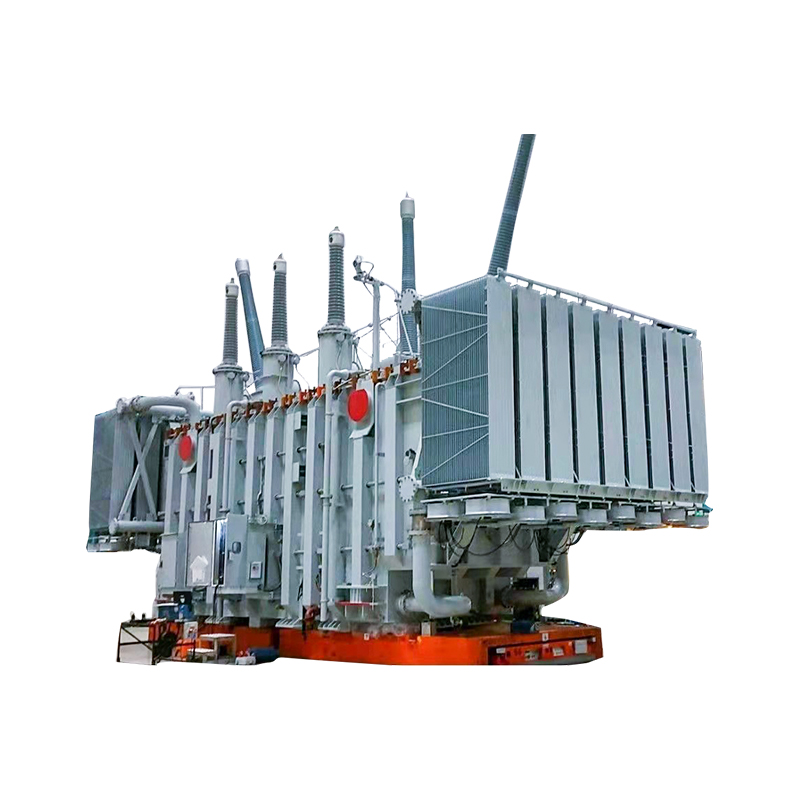110kv Ultra-High Voltage Power Transformer
5MVA 110KV
See DetailsInstalling a 100MVA 220kV low loss power transformer at a substation is far more than a basic equipment drop-off. It involves a series of coordinated engineering, logistical, and civil works processes that must align perfectly to ensure the transformer performs as designed. From procurement to energization, the installation phase is one of the most sensitive stages in a transformer's lifecycle, and errors here can lead to serious delays, safety issues, or long-term operational inefficiencies. With over two decades of field experience, we’ve found that the complexity of this task increases significantly with voltage class and capacity — especially when working with high-performance, low-loss designs.
The first challenge typically starts long before the transformer reaches the site — transportation. A 100MVA transformer is a massive unit, often exceeding 100 metric tons with accessories. When paired with a 220kV rating, these devices require special permits, route surveys, bridge weight evaluations, and sometimes even custom-built delivery platforms. Missteps in transport planning can lead to physical damage or misalignment of internal components like the active part or cooling radiators. Many experienced utilities and EPC contractors insist on manufacturers with proven logistics experience and built-in delivery engineering support to manage these variables proactively.
Once on site, civil and structural readiness becomes the next hurdle. A low loss 220kV transformer requires a solid and vibration-isolated foundation, typically constructed with reinforced concrete and embedded rails or anchoring plates. Site teams must verify that oil containment systems, grounding grids, and cable trenches are prepared in accordance with applicable IEC or IEEE standards. Even slight deviations in foundation level or misalignment of embedded conduits can complicate final positioning and connection, making this a phase where precision directly impacts project timelines.
Mechanical assembly and core re-tightening are critical steps in the installation workflow. During shipping, the core and windings can experience vibration and minor shifts; professional assembly teams use torque-controlled tools to ensure fasteners are retightened to manufacturer specifications. At this stage, it is also essential to install accessories such as bushings, radiators, fans, and monitoring systems — including those used in modern low loss power transformers for real-time thermal and electrical performance data. Proper care must be taken to avoid contamination, especially for internal insulation systems, which are sensitive to moisture and particulates.

Vacuum oil filling and filtration are non-negotiable quality steps in the process. Transformer oil serves both as insulation and coolant, and in the case of a 100MVA 220kV low loss transformer, oil quality directly affects dielectric strength and heat dissipation. On-site oil dehydration and vacuum filling systems must meet strict standards to remove air bubbles and residual moisture. This step often coincides with insulation resistance tests, core balance verification, and winding resistance checks, ensuring the unit is electrically and thermally stable before energization.
Coordination with protection and control systems is the final and often underestimated element. A power transformer of this size is integrated into a much larger protection scheme involving differential relays, surge arresters, Buchholz relays, and often SCADA interfaces. Synchronizing these systems, especially when digital monitoring is involved, requires close cooperation between the transformer manufacturer, substation integrator, and utility IT departments. Misconfigured protection can either delay energization or, worse, cause nuisance trips that impact downstream loads.
Ultimately, successful installation of a high-voltage transformer like the 100MVA 220kV low loss power transformer is as much about experience and engineering discipline as it is about product quality. We work closely with our partners from the initial planning stages through to commissioning support to ensure that every transformer delivers not only low losses but also long-term reliability. If you're preparing a substation upgrade or new build, working with a manufacturer who understands the full lifecycle challenges of high-capacity equipment can make all the difference
Contact Us